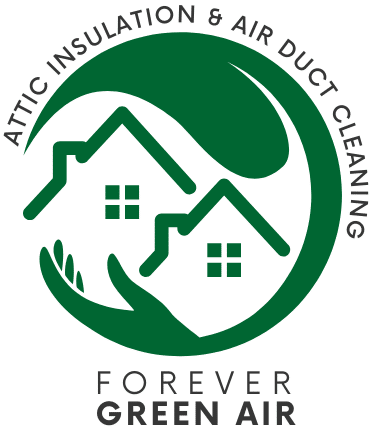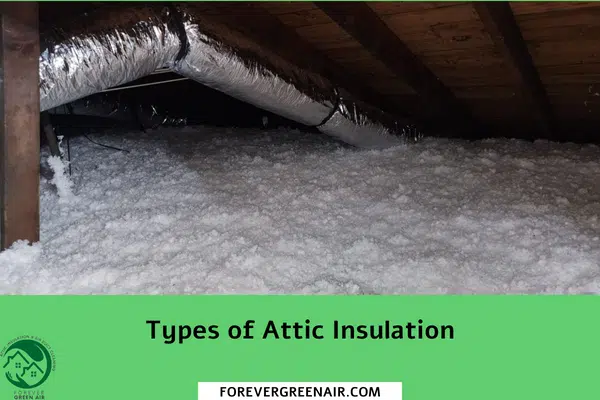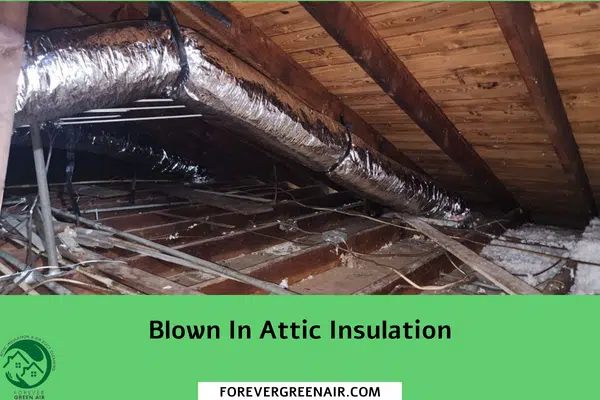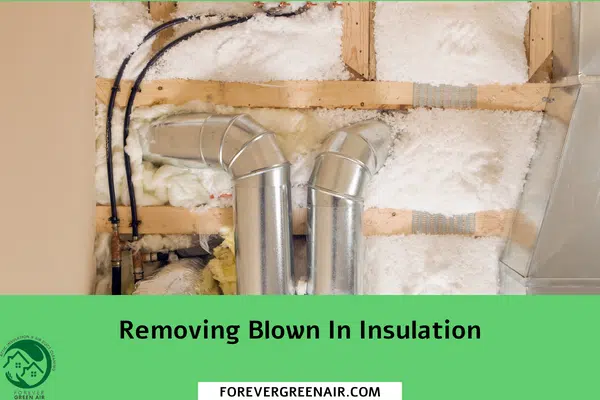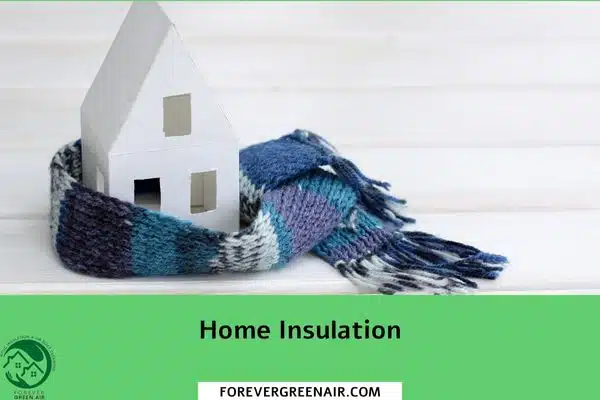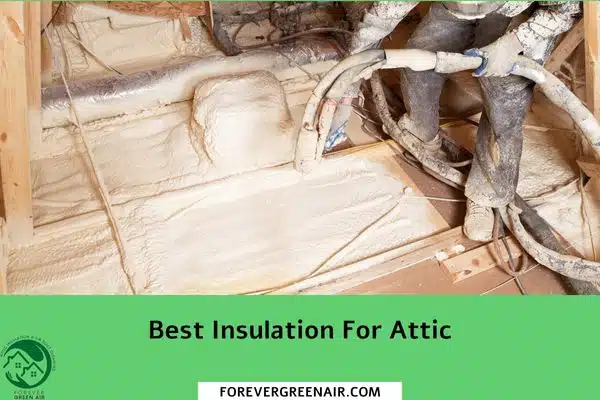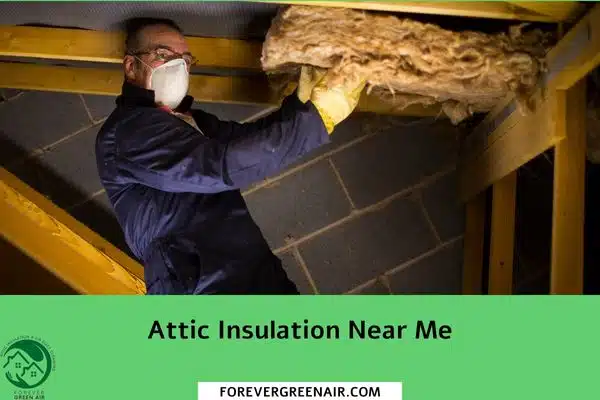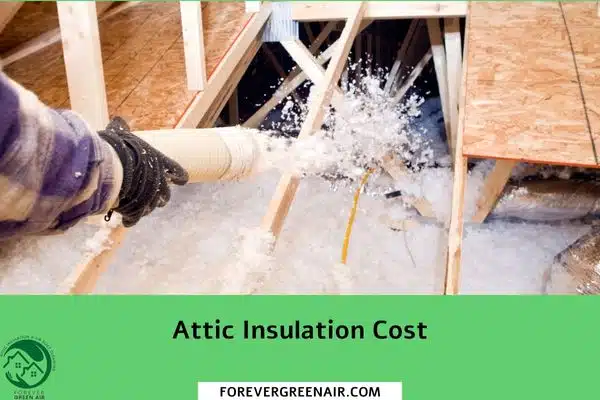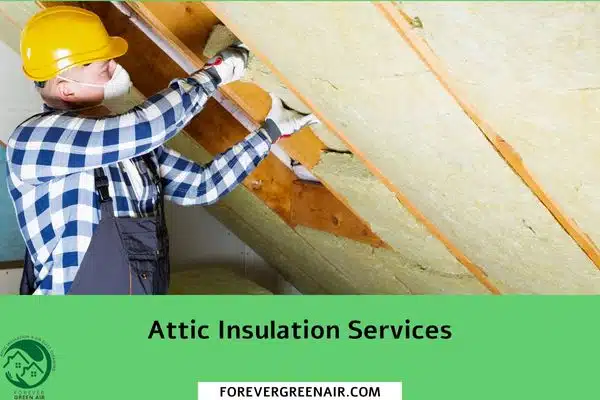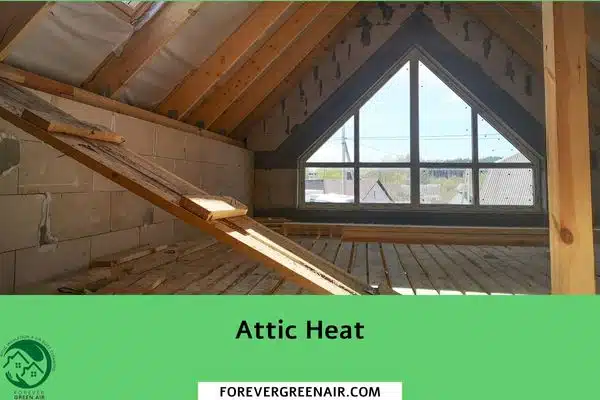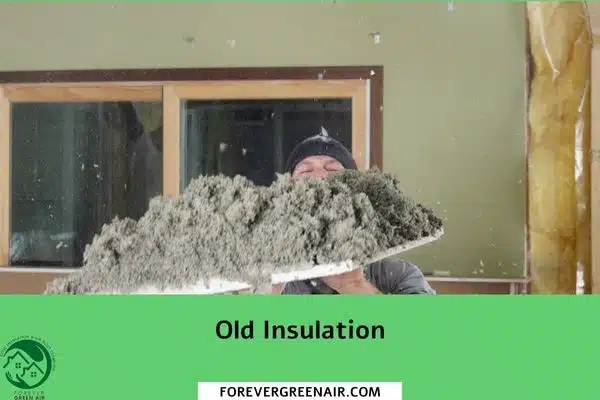As homeowners, protecting the insulation of your home is key. Not only does it create a healthy energy-efficient environment, but it helps to reduce bills as well! But what happens if your current insulation has become old and worn?
If you’re faced with this dilemma, don’t worry – today we’ll dive into the world of old insulation and how you can properly identify its condition and take action on necessary repairs. Get ready to breathe in some fresh knowledge now – let’s get started!
Identifying insulation that needs replacing
Insulation is an essential aspect of any home or building as it acts as the barrier between the inside and outside temperatures. However, over time, insulation can become less effective, and this is particularly true for old insulation.
There are several signs that can indicate your insulation needs replacing, such as drafts, uneven temperature distribution, or higher energy bills. Failure to replace damaged or old insulation can lead to uncomfortable living conditions or even health problems caused by mold or moisture.
Therefore, it’s crucial to identify any insulation that needs replacing promptly.
Contact Us
Benefits of new insulation compared to old insulation
In a world where sustainable living is becoming increasingly important, upgrading your insulation is a great way to make your home more energy efficient. Old insulation can often be inefficient, leaving gaps for heat to escape during winter months or cool air to seep through in the summer.
This inefficiency can result in higher energy bills and a less comfortable home. However, new insulation options are designed to combat these issues and provide a more sustainable solution.
Not only does new insulation help reduce energy consumption and lower costs, but it can also improve air quality and reduce noise pollution. By upgrading from old insulation to new, you can make a positive impact on the environment and your home’s overall comfort level.
More Articles
How to check your insulation for age and efficiency
If you’re experiencing high energy bills or drafts in your home, your old insulation may be to blame. Checking your insulation for age and efficiency is an important step in maintaining a comfortable and cost-effective living space.
One way to determine the age of your insulation is to check the date on the initial installation certificate, however, if that’s not available, inspecting the condition of the insulation can also give you an idea of its age. Checking for any damage or discoloration can also determine if it needs to be updated for greater efficiency.
With a little bit of knowledge and effort, you can keep your insulation up to date and ensure a comfortable living space in your home.
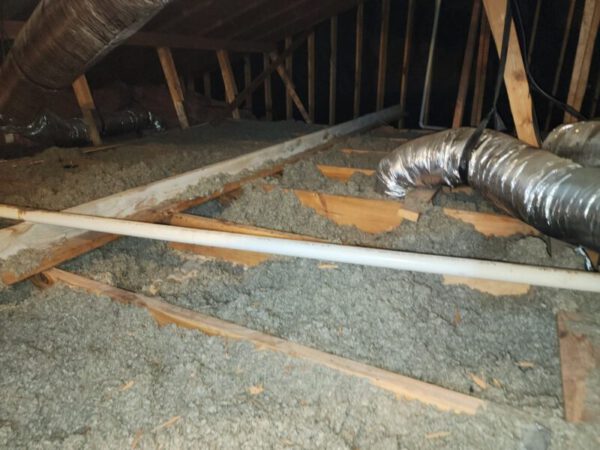
Types of insulation and their pros and cons
When it comes to keeping our homes warm during the winter months and cool during summer, insulation is key. But what do we do when our old insulation is no longer up to the task?
There are several types of insulation available on the market, each with their own set of pros and cons. For instance, fiberglass insulation is affordable and easy to install but can be irritating to the skin and lungs. Spray foam insulation is durable and provides excellent coverage but can be pricey.
Cellulose insulation is eco-friendly and made from recycled materials but can settle over time and lose its effectiveness. Ultimately, the best type of insulation for your home will depend on your specific needs and budget.
Cost comparison between different types of insulation
When it comes to home insulation, there are different options available in the market which can make choosing the right type of insulation a daunting task. If you already have old insulation in your home, it may be time to consider replacing it to better protect your home and save on energy costs.
While the thought of additional expenses may seem daunting, understanding the cost comparison between different types of insulation can help in making an informed decision.
By selecting the right type of insulation for your home, you can not only save money in the long run but also make your home more comfortable and energy-efficient.
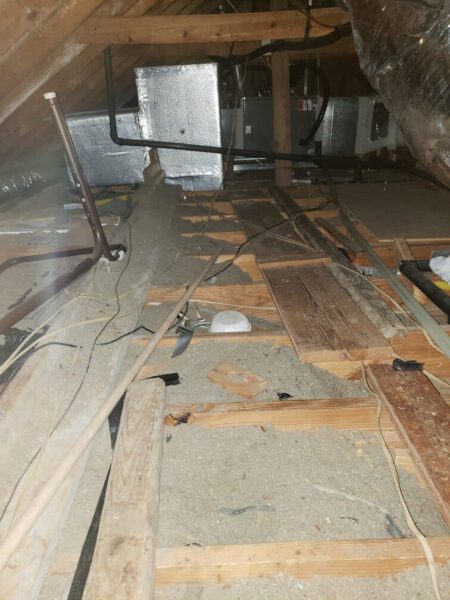
Tips for easier installation and disposal of old insulation
Installing or disposing of old insulation can be a daunting task for homeowners. However, there are some tips that can make the process a lot easier. Firstly, ensure you are wearing appropriate safety gear such as gloves and a mask before handling the old insulation.
For easier installation of new insulation, make sure the area is properly cleaned and any debris is removed. In addition, consider using a blower to evenly distribute the new insulation. When it comes to disposing of old insulation, it is important to check with local authorities to determine the proper disposal method in your area.
Some areas may require it to be disposed of at a specific facility. By following these tips, you can ensure a safer and easier experience with your insulation project.
It is beneficial and wise to regularly check your insulation for age, efficiency, and quality. When it does come time to replace your insulation, there are a variety of options you can choose from depending on your budget and level of comfort desired.
Make sure to research the pros and cons of each type before settling on one choice in particular. Ensure you dispose of old insulation properly and if needed, hire professionals for more complex installation projects. Replacing insulation can be an expensive process but the benefits are well worth it when you consider energy savings on heating and cooling bills as well as improved comfort levels.
Investing in new insulation is an investment in the future of your home – one that will easily pay for itself in the years to come!
